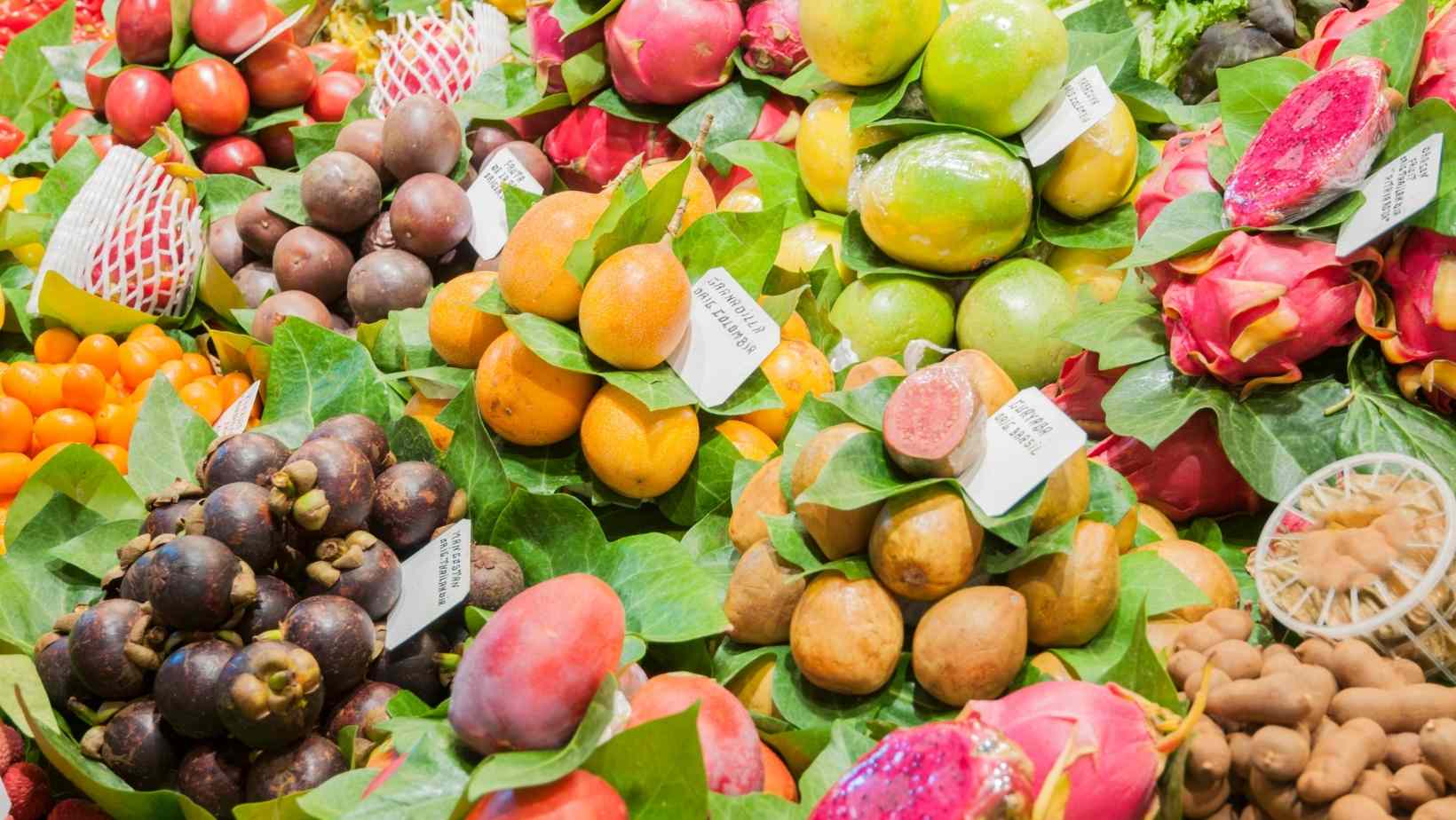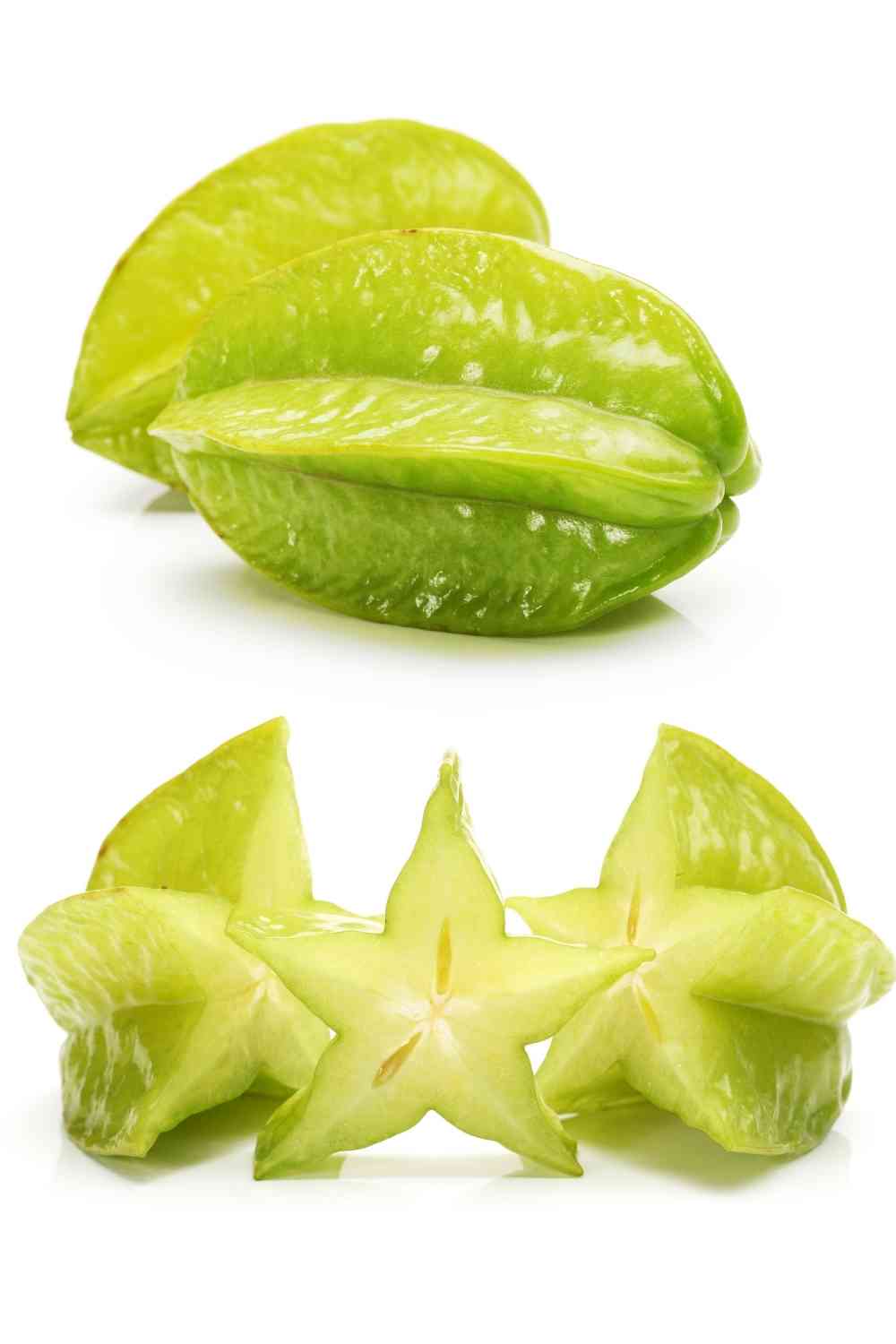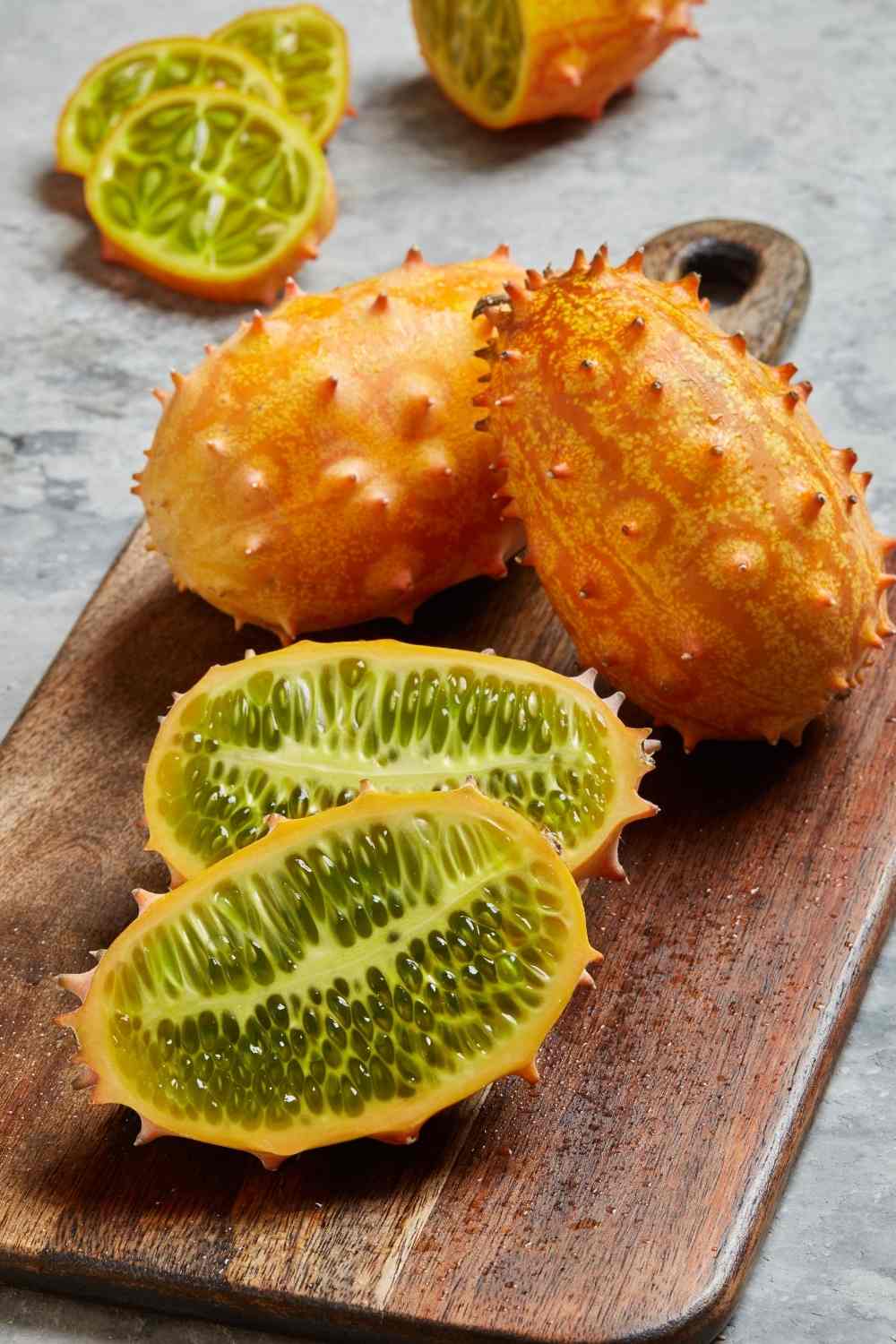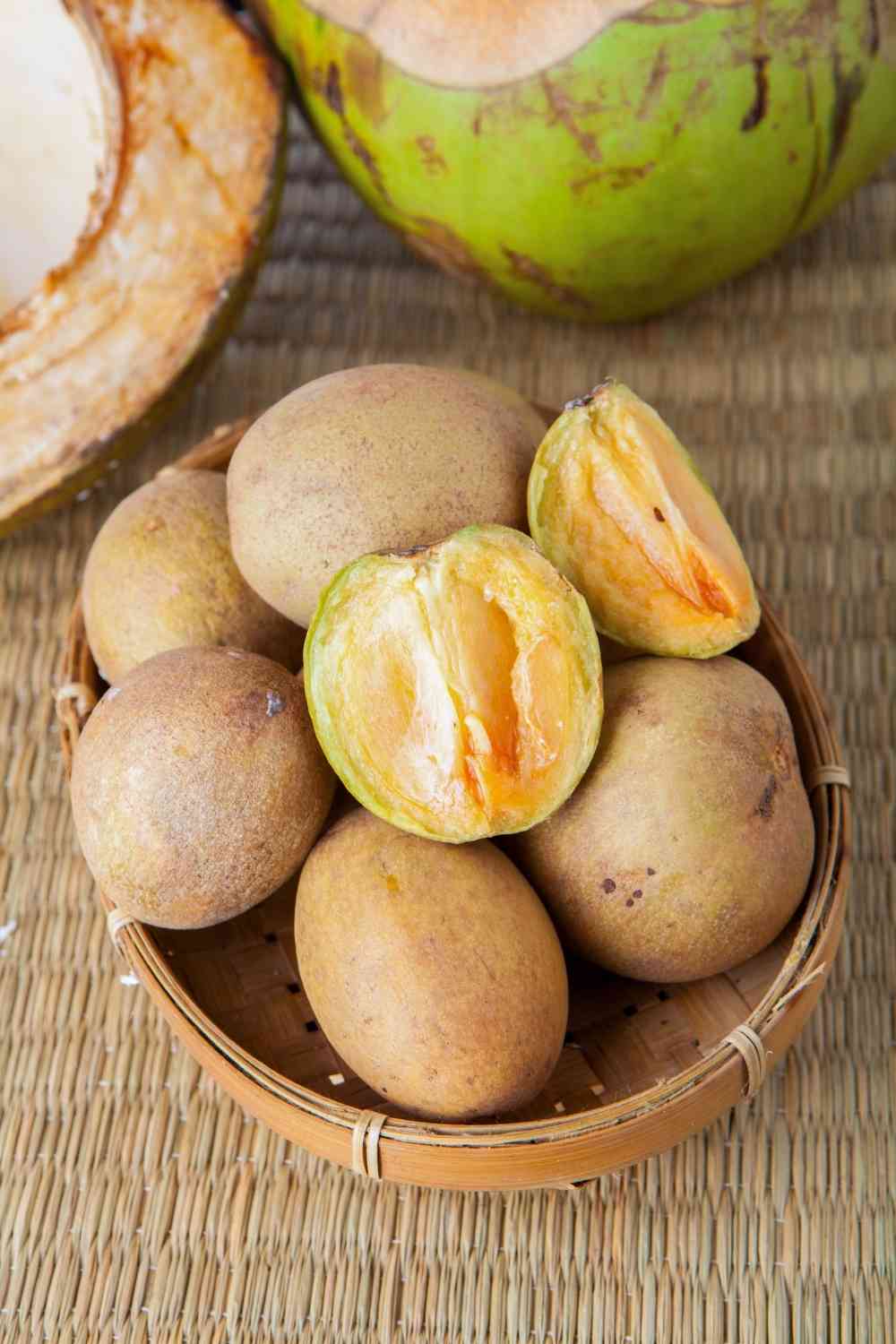Fruit is a delicious and healthy method to satisfy your sweet taste while also increasing your intake of nutritional fibre and other minerals. While eating an apple a day is a good idea, there's a whole universe of fruit out there that you're probably not familiar with.
Fruits are popular all around the globe because of their many health advantages, such as providing nutrients and lowering the risk of diabetes, but the varieties of fruit accessible differ depending on the region. Many exotic fruits may be found in Asia, Africa, and South America that you may not be familiar with despite their local appeal. These unique fruits are definitely worth a try, with intriguing — and occasionally downright nasty — scents and tastes, unlike any other meal you've ever had.

Jump to:
1. Cherimoya
Cherimoya is one of the healthiest foods you've never heard of, and it's cultivated in tropical places all over the globe, but mainly in Central and South America. Mark Twain once called it "the most delightful fruit known to mankind." The conical fruit's green shell resembles scales, but inside you'll discover creamy, white flesh that tastes like a mix of banana, pineapple, strawberry, papaya, and peach, according to some.
2. Lychee
Lychee has a meaty inside with a pleasant, flowery scent and flavour, despite its thin and rough skin. It's popular in China, South Asia, Southeast Asia, Brazil, South Africa, the Caribbean, Australia, and the southeastern United States.
3. Carambola
When sliced, the carambola's characteristic ridges form a star shape, which is why it's also known as star fruit. Carambola is a tropical fruit native to Indonesia and the Philippines that is widely produced in tropical areas across the globe. It is popular in Southeast Asia, Micronesia, the South Pacific, and portions of East Asia. When fully mature, the fruit has a brilliant yellow hue with hints of green, a crisp and juicy texture, and a tart flavour that has been likened to a mix of apple, grape, pear, and citrus fruits.

4. Falsa
Falsa is a species of berry native to South and Southeast Asia that blooms in the summer and has a sweet and sour acidic flavour comparable to black currant or cranberry. When fully mature, its hue varies from reddish-purple to black, and it's sometimes prepared into a juice or sherbet to stay cool or aid digestion.
5. Wax apple
Wax apples are bell-shaped fruit that tastes nothing like an apple. They come in a variety of hues, including white, green, red, crimson, purple, and black. Its thin exterior has a waxy shine to it, and the interior is white and spongy, with a taste similar to that of snow pears. Wax apples, also known as water apples, rose apples, and Java apples, are native to the Malay Islands and the Andaman and Nicobar Islands, although they are now commercially farmed in Taiwan and Thailand.
6. Kiwano
Kiwano, also known as African horned cucumber, horned melon, spiked melon, or jelly melon, has spiked orange skin with lime green flesh that appears like jelly and tastes like a combination of banana and passionfruit or banana, cucumber, and lime, according to some. Its peel, which is high in fibre and vitamin C, is also edible. The fruit comes from Sub-Saharan Africa and is now produced in Australia, Chile, Germany, Italy, New Zealand, Portugal, and the United States.

7. Feijoa
Feijoa is a fruit native to South America that is now commercially produced in California and New Zealand. It has an inedible green peel, but the luscious fruit within is white in colour and has a feel similar to guava, which is why it's also known as pineapple guava or guavasteen. Feijoa has a perfume-like scent and a taste that has been described as a mix of apple, pineapple, and mint by others.
8. Salak
Salak is also known as snake fruit because of the reddish-brown, scaly texture of its peel. When peeled, it displays three white lobes of fruit that resemble garlic cloves in appearance and texture, but have a sweet and acidic flavour. Salak is cultivated in Indonesia, and the two most popular varieties are salak pondoh from Java, which is drier and crumblier, and salak Bali from Bali, which is crisp and moist.
9. Miracle fruit
The term "miracle fruit" comes from the fact that it contains the miraculin glycoprotein, which when consumed makes sour foods like lemons, pickles, and radishes seem sweet. The fruit is known by numerous names, including miracle berry and sweet berry, as well as agbayun, asaa, ledidi, and taami in its native West Africa. The red berries themselves have a moderate, sweet and acidic taste.
10. Sapodilla
Sapodilla is a big fruit that varies in colour from pale yellow to light, earthy brown, and has a gritty feel similar to kiwi on the outside, with one to six firm, black seeds on the interior. Sapodilla, also known as chikoo, naseberry, nispero, and sapota, has a sweet and malty taste similar to caramelised pear. It is popular throughout South and Southeast Asia, as well as southern Mexico, Central America, and the Caribbean.

11. Mangosteen
Mangosteen is a sweet and tart fruit with a white fleshy and fibrous interior within an inedible dark red or purple skin that is grown predominantly in Southeast Asia and southwest India, as well as Colombia, Florida, and Puerto Rico.
12. Pomelo
Pomelo is a citrus fruit native to South and Southeast Asia that is now produced in the United States and the Caribbean. When mature, the peel becomes a light green or yellow hue, while the interior fruit is white, pale yellow, pink, or red in colour and tastes sweeter and milder than grapefruit.
13. Cupuaçu
Brazil's national fruit is connected to cocoa and has a unique aroma that has been characterised as a cross between chocolate and pineapple by others. Cupuaçu's white flesh is hidden under a hard, brown skin and tastes like a combination of banana, passion fruit, pear, and melon.




